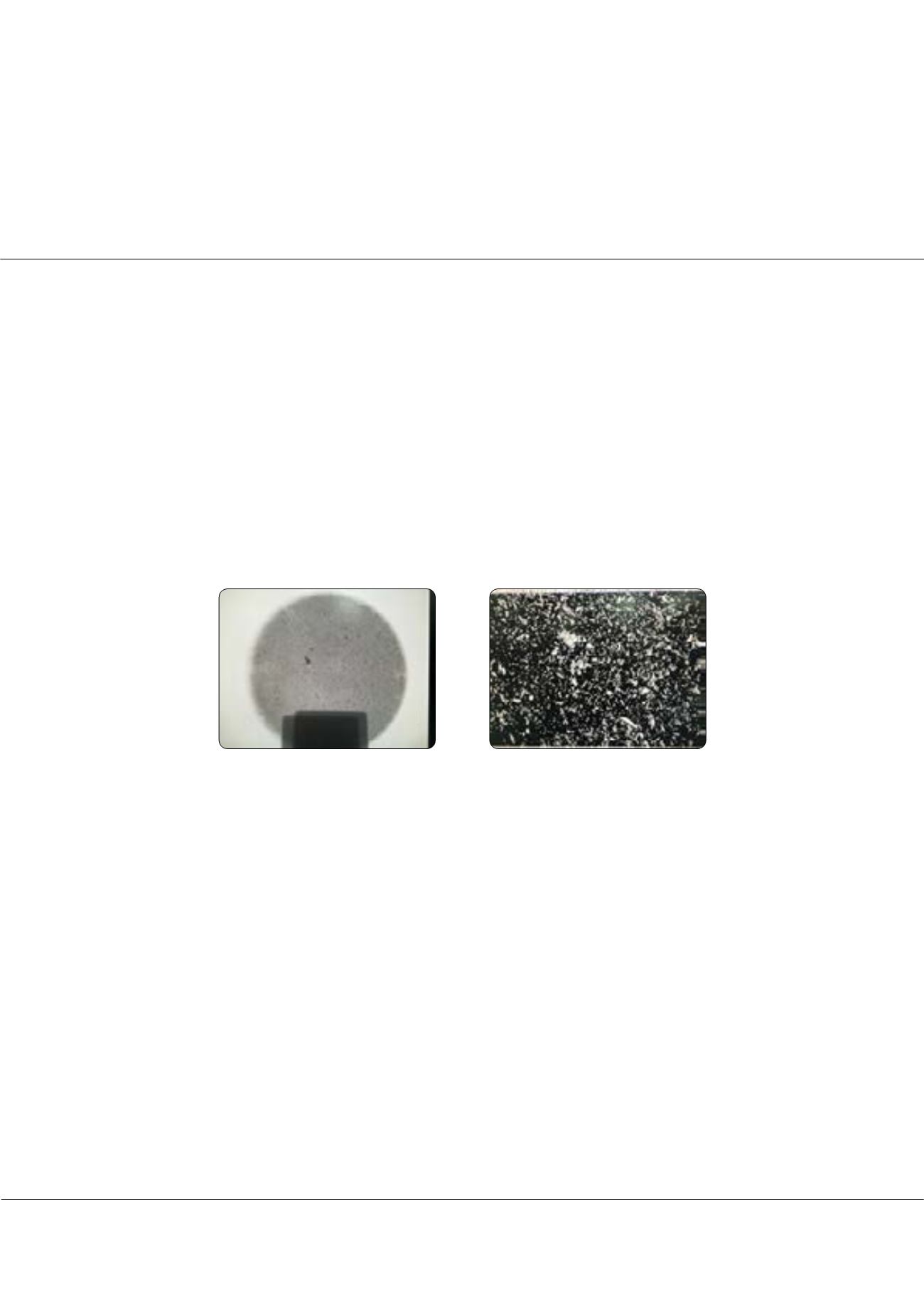

Page 74
conferenceseries
.com
Volume 6
Research & Reviews: Journal of Material Sciences
ISSN: 2321-6212
Ceramics 2018
May 14-15, 2018
May 14-15, 2018 | Rome, Italy
4
th
International Conference and Expo on
Ceramics and Composite Materials
Ceramic composite calcium aluminate reinforcement with Ag particles synthesized by solid-stated
reaction
José G. Miranda-Hernández
1
, Héctor Herrera-Hernández
2
, Carlos O. González Morán
3
and
Enrique Rocha Rangel
4
1,2,3
Universidad Autónoma del Estado de México, México
4
Universidad Politécnica de Victoria, México
T
he composites cermets are a combination of ceramic and metallic materials and these newmaterials have different properties
that their precursors materials. In this work, the fabrication route of the composite CaO*Al
2
O
3
/ Ag-10 wt.% is discussed.
The chemical composition in powder form is submitted to high energy milling for 4 hours at 200 rpm in dry. The powder was
compacted into cylindrical samples at 200 MPa by a uniaxial load. Then the samples obtained are sintered at 1500°C in air
atmosphere for one hour into an electrical furnace. The manufactured materials were characterized by optic microscopy (OM),
scanning electron microscopy (SEM-EDS), X-ray diffraction (XRD) and X-ray computed tomography (XR-CT). The density
was obtained by Archimedes principle; the hardness and fracture toughness were determinate by indentation method. XRD
results indicate the formation of different phases of calcium aluminates during the sintering process and also the Ag phase.
These materials also present changes in bulk density, hardness, and fracture toughness compared with the reference sample.
Figure 1.
XR-CT of calcium aluminate composite with Ag synthesized by solid- state reaction during the sintering process.
Recent Publications:
1. Yongpan T., Xiaoling P., Haiyan Y., and Ganfeng T., “Formation Mechanism of Calcium Aluminate Compounds Base
on High-Temperature Solid-State Reaction,” Journal of Alloys and Compounds, Vol. 670, pp. 96-104, 2016.
2. Sunnegardh-Grönberg, K., Calcium aluminate cement as dental restorative, Mechanical properties and clinical
durability, Ume°a University Odontological Dissertations, No. 84, ISSN 0345-7532, ISBN 91-7305-589-1, 2004.
3. José G. Miranda Hernández, Miriam Vázquez Bustamante, Héctor Herrera Hernández, Carlos O. González Morán,
Enrique Rocha Rangel, Elizabeth Refugio García, “Tenacidad a la fractura de compuestos cermets 3Al
2
O
3
*2SiO2/Ag
manufacturados por molienda de alta energía,” Revista Matéria, Vol. 21, No.1, pp. 243-251, 2016.
4. S. Fjodor, and A. Maksim, “Comparative study on indentation fracture toughness measurements of cemented carbides”,
Proc. Estonian Acad. Sci. Eng, Vol. 12, No. 4, pp. 388-398, 2006
5. A. Moradkhani, H. Baharvandi, M. Tajdari, H. Latifi, and J. Martikainen, “Determination of fracture toughness using
the area of micro-crack tracks left in brittle materials by Vickers indentation test”, Journal of Advanced Ceramics, Vol.
2, No. 1, pp. 87-102, 2013.
Biography
José G. Miranda has her expertise in development and manufacture of advanced materials in structural applications. Also, in the management, development, and
evaluation of research projects, human resources training, participation in national and international conferences, and publication of articles in the national and
international journals in the field of the synthesis and characterization of nanomaterials, metal composites and functional materials through powder metallurgy technique.
jgmirandah@uaemex.mxJosé G. Miranda-Hernández et al., Res. Rev. J Mat. Sci. 2018, Volume 6
DOI: 10.4172/2321-6212-C1-015
















